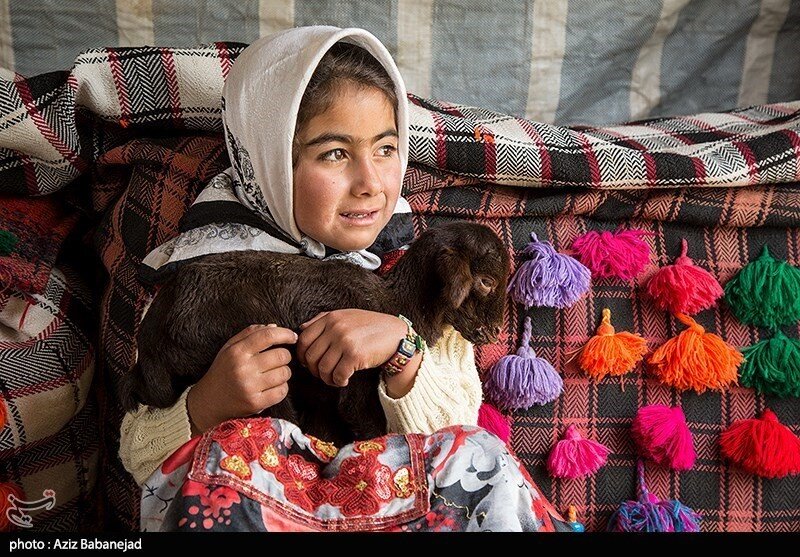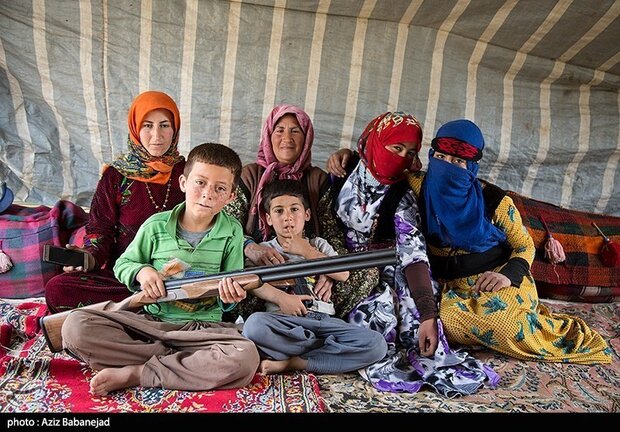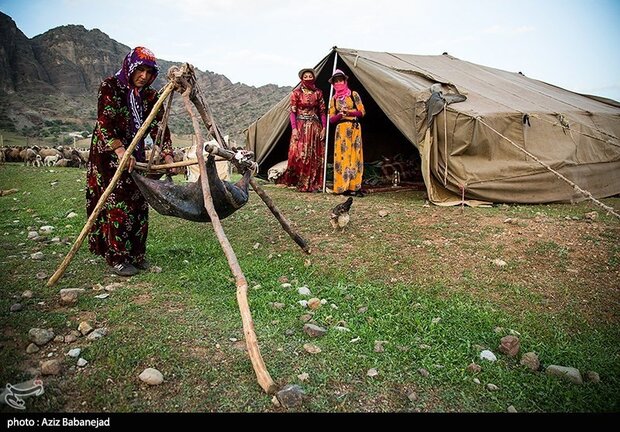
TEHRAN – Lorestan is getting ready to host its fifth edition of the tribal festival aimed to help develop tourism across the western Iranian province.
“The 5th festival of ethnic culture will be held at the historical complex of Falak-ol-Aflak from May 8 to 12,” CHTN quoted the provincial tourism chief as saying on Saturday.
“Considered as a great opportunity to tap (the coronavirus-battered) tourism, the event will put the spotlight on traditional music and rituals, dishes, handicrafts, and souvenirs,” Seyyed Amin Qasemi explained.
The event has provided special booths and stalls for tourism insiders and tour operators as well, the official noted.
Qasemi said last August that Lorestan’s tourism had suffered a loss of some 5.3 trillion rials since the outbreak of the coronavirus pandemic.
Many measures have been taken in the tourism sector to minimize the damage caused by the virus, including the postponement of the payment of taxes including income tax and VAT in several installments, Qasemi said.
Home to various nomads and tribal communities, Lorestan was inhabited by Iranian Indo-European peoples, including the Medes, c. 1000 BC. Cimmerians and Scythians intermittently ruled the region from about 700 to 625 BC. The Luristan (Lorestan) Bronzes noted for their eclectic array of Assyrian, Babylonian, and Iranian artistic motifs, date from this turbulent period.
Moreover, Lorestan was incorporated into the growing Achaemenid Empire in about 540 BC and successively was part of the Seleucid, Parthian, and Sasanid dynasties.
Nomads and tribal tourism
Tribe tourism, also known as the ethno-tourism or ethnic tourism, provides the ground for potential sightseers to feel like indigenous people by living with a nomad or rural family or enjoying an independent stay. However, as the name implies, it’s a trip for recreational purposes rather than being an expedition for anthropological research.
Experts say this branch of tourism has gained a lot of support and attention in the country over the past couple of years. Many tour operators believe that tribal regions could be deemed as the legacy of human authenticity in their novel cultural and human aspects.

Iran has a culturally-diverse society dominated by a wide range of interethnic relations. Native speakers of Persian (Farsi language) are considered as the predominant ethnic generally of mixed ancestry, and the country has important Turkic, Kurd, Arab elements in addition to the Lurs, Baloch, Bakhtiari, and other smaller minorities such as Armenians, Assyrians, and Jews.
Persians, Kurds, and speakers of other Indo-European languages in Iran are descendants of the Aryan tribes who began migrating from Central Asia into what is now Iran in the second millennium BC.
Apart from modern roads, highways, and bridges that are ubiquitous in modern Iran, there are still arduous paths, flattened by the feet of nomads and the hooves of their livestock in the ever-repeating movement of migration for millennia.
Migration is a way of life for nomads because herding cattle is their main source of income. In spring they with all their belongings head for the cooler pastures usually on mountain hillsides where the grass is abundant for their flocks of sheep and goats. And in autumn they return to previous tropic plains as their well-fed livestock get stronger to bear the winter.
Accompanying nomads during their migration, even for a day or two, may be a lifetime experience. As a traveler, one has the chance to visit, live, eat, and sleep in a nomadic camp with a real nomad family. Colorful dresses, vast black tents, colored-eyed children with rosy cheeks, modest lifestyle, scenic landscape, and local dishes are probably among the delights of such visits.
Language, music, indigenous cuisine, clothing, songs, anecdotes, crafts, live performances, and local rituals such as celebrations and wedding ceremonies have always spurred many to experience life among the tribes.
Data compiled by the Nomads Affairs Organization of Iran, the nomadic inhabitants of the country have been decreased from 38.6 percent of the whole Iranian population in the Iranian year 1245 (1866) to 9.6 percent in the year 1345 (1966) and around one percent currently. And nomads and tribes are be found in all Iranian provinces except Kordestan.
The statistics suggest that Iran’s nomads are somehow fading away over time. A brief answer might be that modern life lures the newest generations to big cities for a more relaxed lifestyle and even higher education. Many younger people have left behind struggles with backbreaking works of the nomadic life which is sometimes mingled with drought and dust storms.

Nowadays traces of modern life is undeniable in the lives of the remaining ones across the ancient land. However, many Iranian nomads have long resisted modernity through isolation, which was the result of their lifestyle, deep traditions, and patriarchy.
The majority of the Iranian nomads use mobile internet, cell phones, etc as they still set up their tents on the flanks of the snow-capped mountains. And these days cars and rented trucks, rather than domestic animals, bring them, their flocks to pastures high up on the highlands and vice versa.
Many nomads surprise visitors with the dignity in their rough and overworked hands and integrity in their compassionate eyes at first sight. In popular Iranian culture, literature, and public opinion, nomads have always been a proud part of the nation.

No comments:
Post a Comment